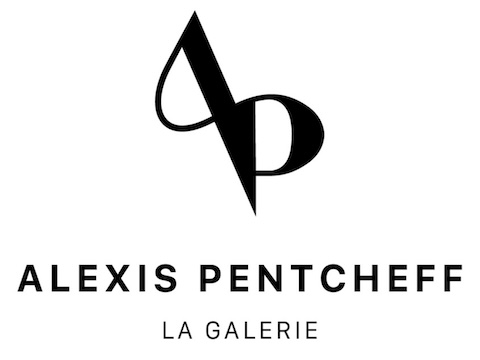Maurice Utrillo was born in 1883. From a very young age, the painter is troubled and tends to drown his darkest thoughts in alcohol. He visits frequently cabarets and brothels, which will become later his first exhibition spaces.
Further to his mother’s – Suzanne Valadon – and André Utter’s – painter and friend – advice, Maurice Utrillo acquires rapidly a thorough knowledge of painting and composition. From that moment, he will never stop painting, finding his biggest outlet in the practice.
In the 1910s and after a period during which Utrillo was highly influenced by its impressionist peers, the painter quickly develops his own style and becomes one of the greatest figures of School of Paris (École de Paris). Maurice Utrillo prefers a refined and sober representation of the Parisian streets, neglecting the surrealist and abstractionist movements that surround him. Hence, he will devotedly and endlessly depict the streets in Montmartre, in which the artist grew up.
Maurice Utrillo draws his inspiration in lively places, cafes, and restaurants. However, his work remains surprisingly deserted and these places uninhabited. His cold tones palette reflects winter lights and atmosphere; vegetation is scarce in Utrillo’s urban landscapes.
Between 1912 and 1914, the painter’s mental health has not improved. He stays at the Doctor Revertégat’s clinic in Sannois. Far from Montmartre’s restlessness, he can fully devote himself to the practice of his art and produces one of his most well known bodies of work the “white periode” (période blanche). In those works, one may distinct astonishing white tone variations sometimes obtained by adding plaster and applying color with a knife. In the “white period”, Utrillo finds a novel serenity through the exploration of light and what he calls truth.
In 1922, the infamous dealer Paul Guillaume (1891-1924) exhibits thirty-five of Utrillo’s works. This event is a significant turning point in the artist’s career and places him as a prominent figure of Modern Art. This drastic success influences his “colorful period” (période colorée) during which he focuses on the form that he draws from vivid and spontaneous brushstrokes, using bright colors. His work is subsequently exhibited at Berthe Weil and Bernheim Jeune.
Pictorial contrasts in Maurice Utrillo’s work reflect the artist’s unstable mental health and reveal constant, yet painful transitions between calmness and agony. Utrillo is 71 when he dies in Dax the 05th November 1955.
BRAFA 2024
28 January 2024 - 4 February 2024

Maurice Utrillo
22 September 2017 - 4 November 2017



